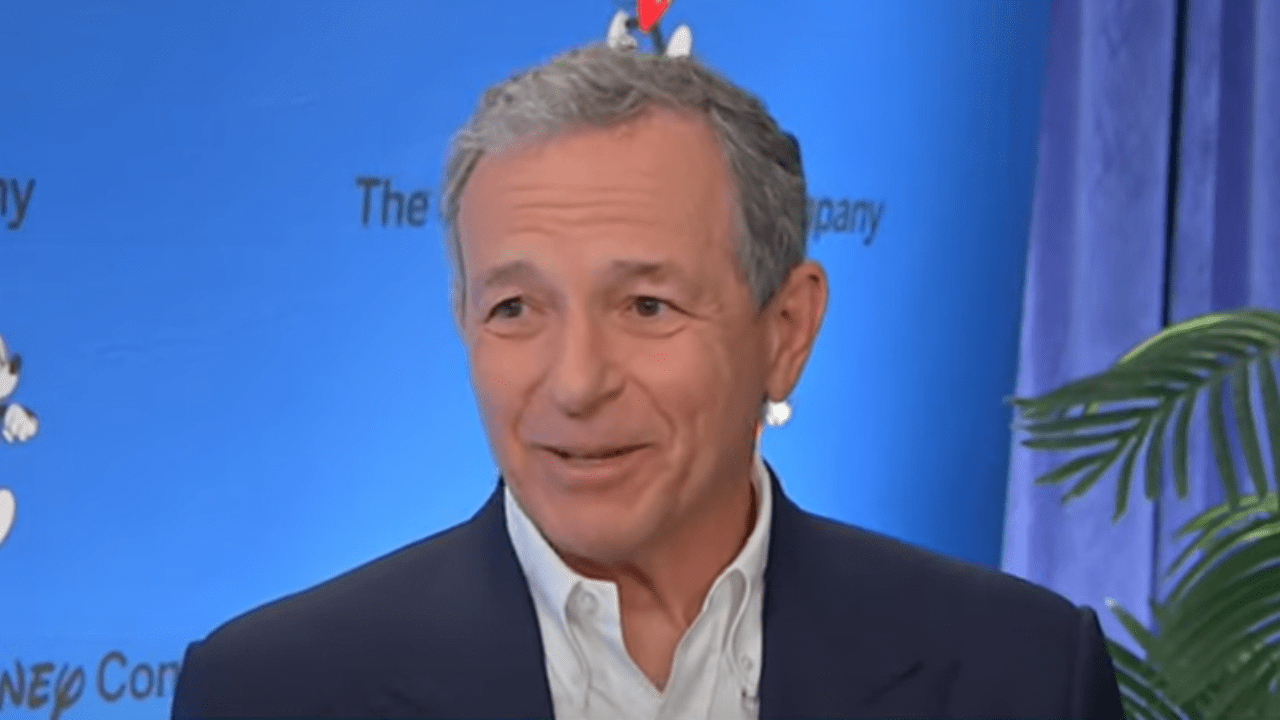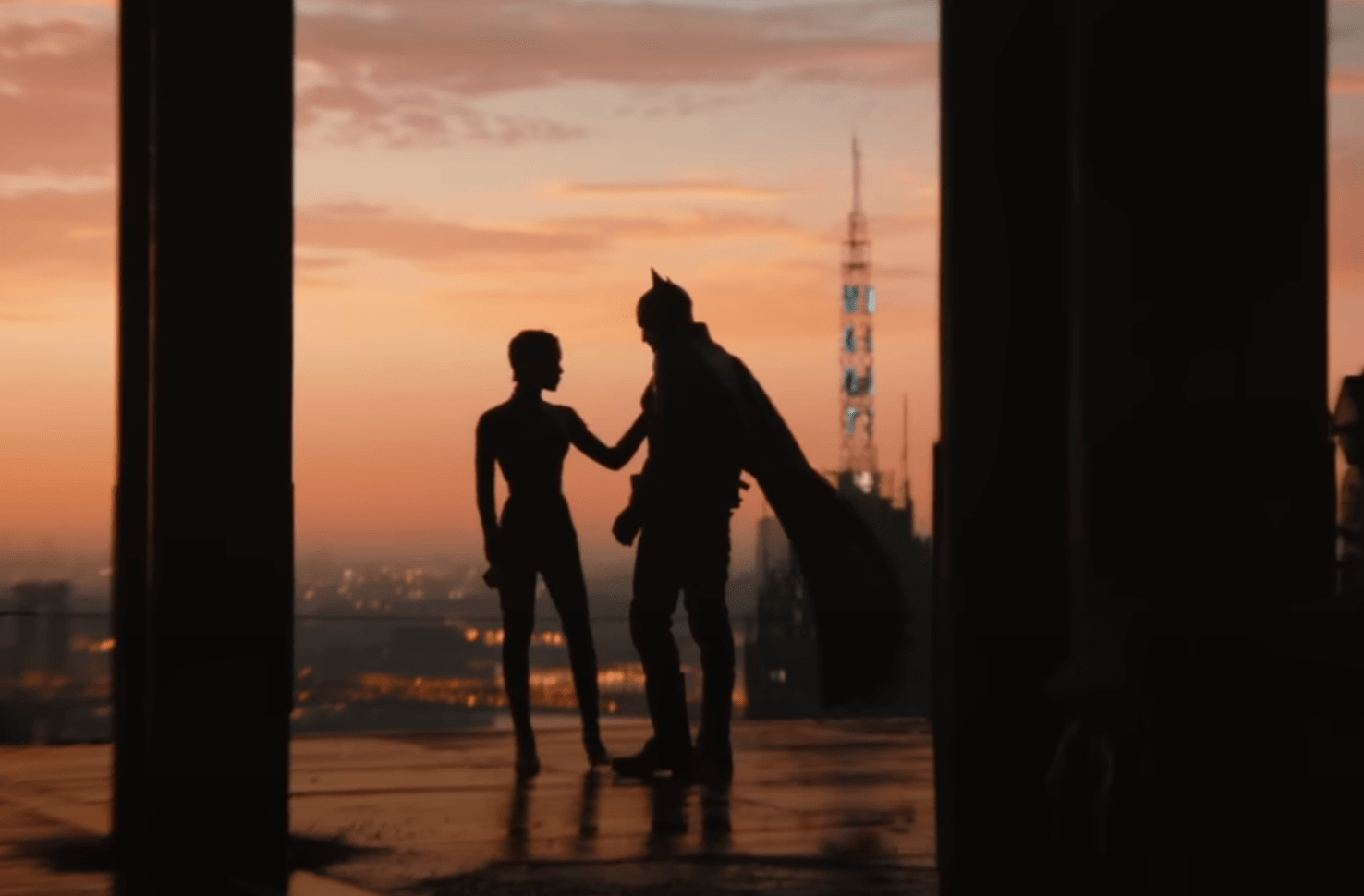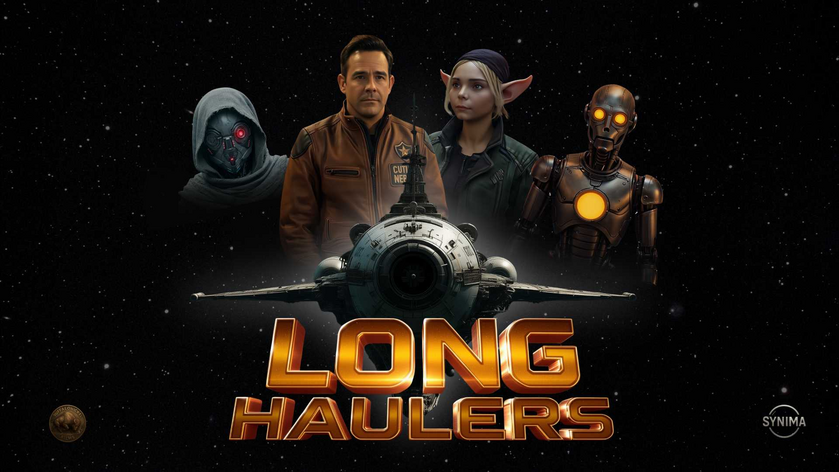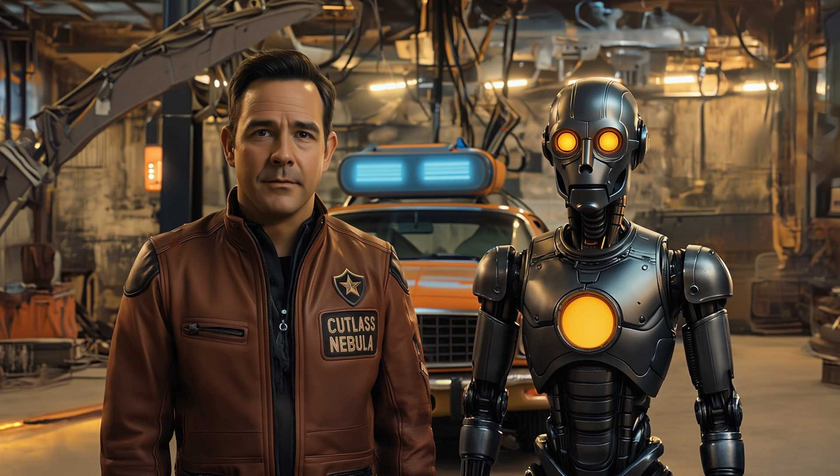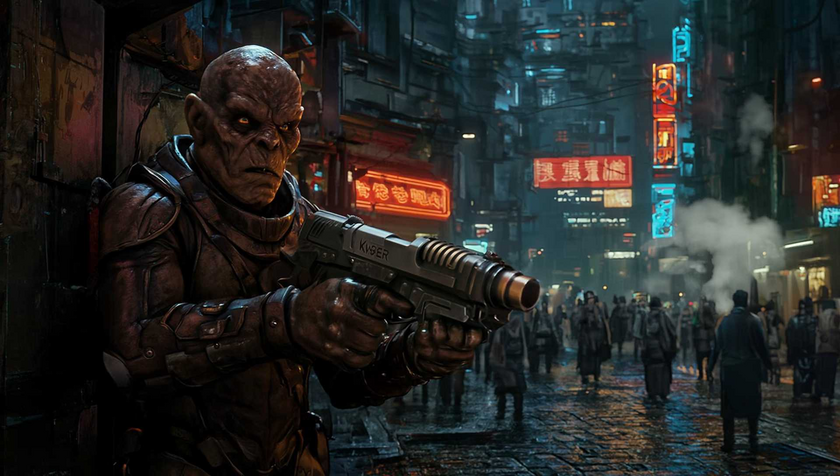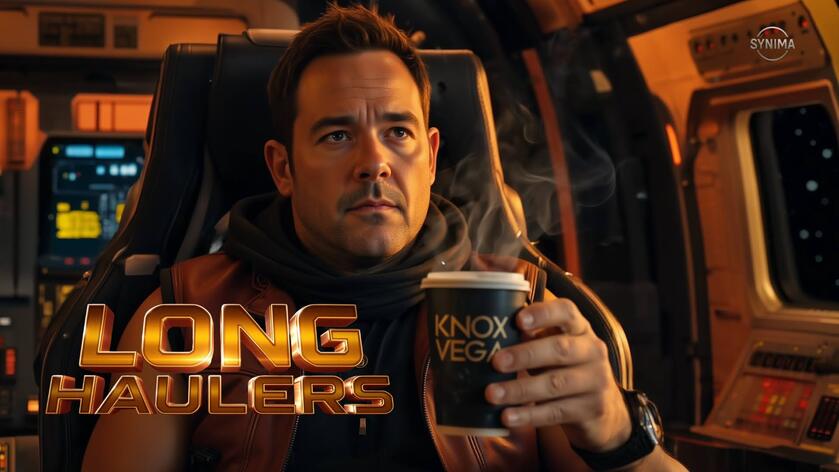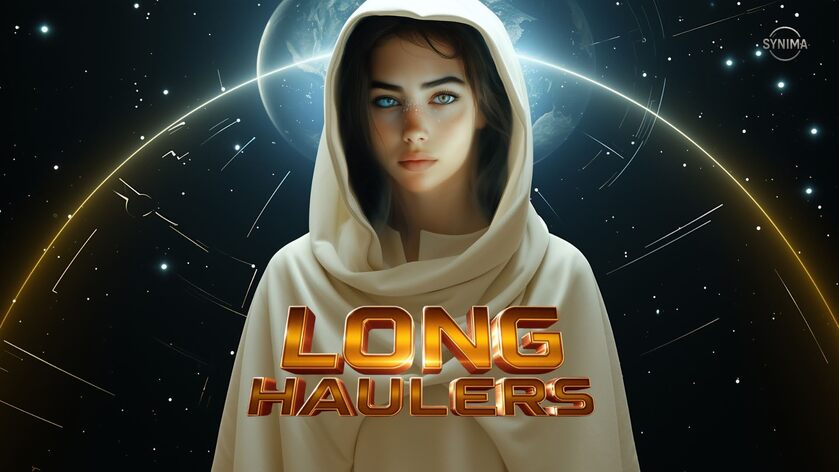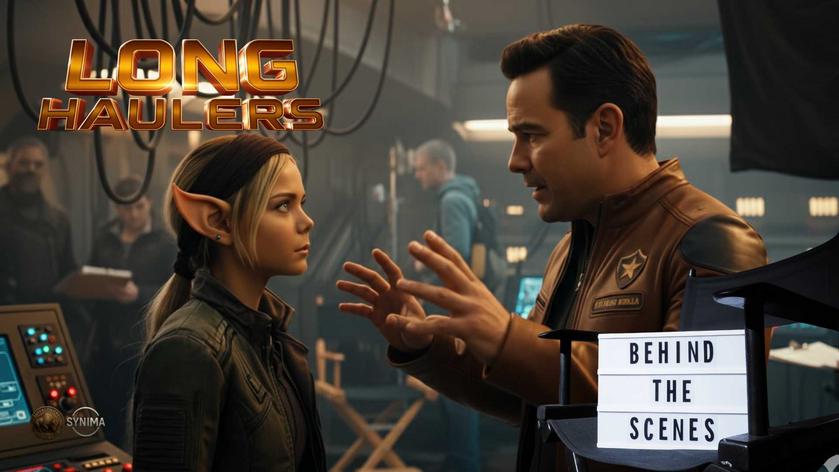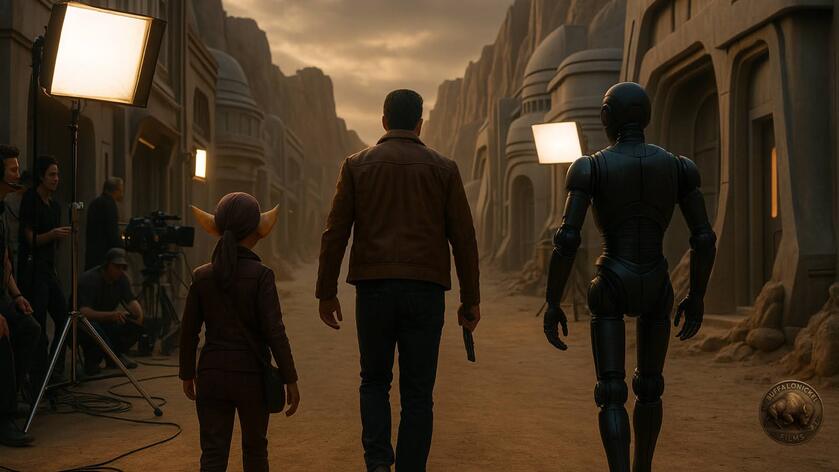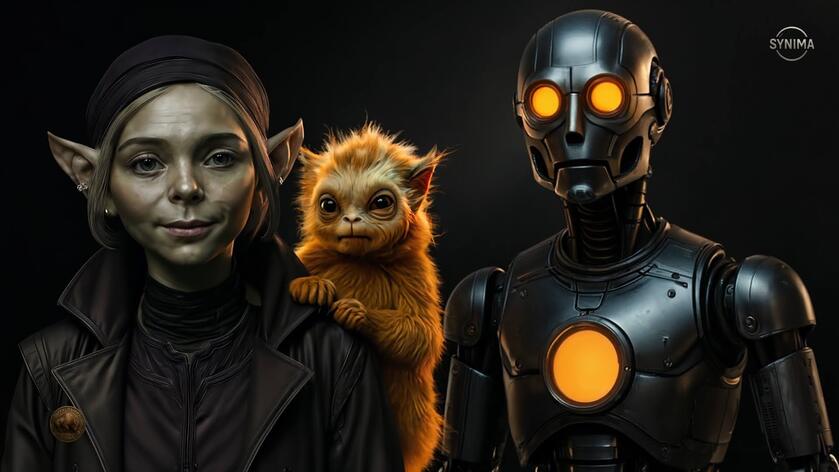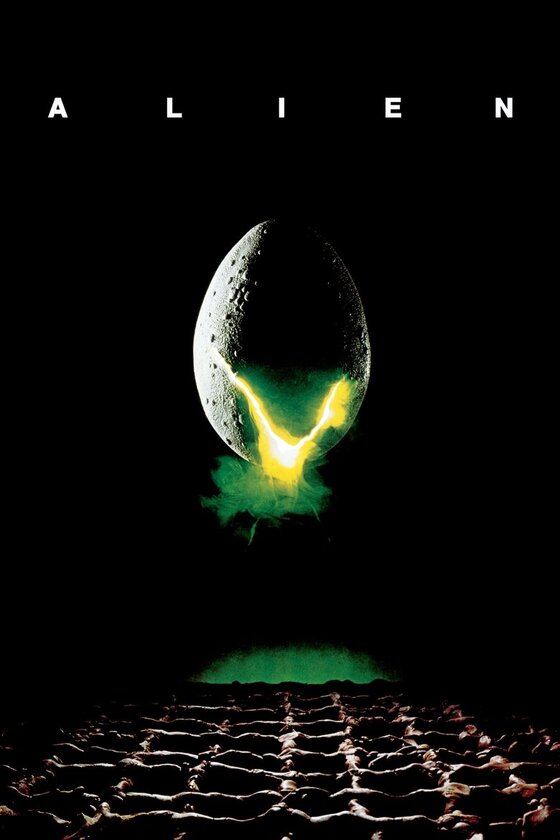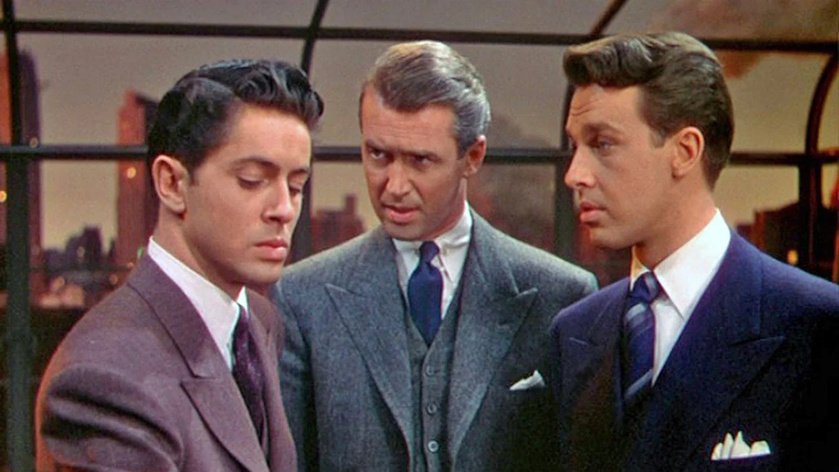Over the weekend I did something I rarely do and watched almost an entire season of a new TV show. It’s not that I don’t have time (though that’s at a premium) so much as that I don’t have the desire. There’s not much worth watching, or engaging enough to hold my attention for a long stretch.
But “Zorro Ha Vuelto” (Zorro is back).
Zorro as a character, and the way he’s portrayed on the new Amazon Prime TV series, is interesting. While doing some research, I realized that Zorro is the archetypal pulp hero, predating The Shadow, The Spider, The Lone Ranger, and all the others by more than a decade. Though obviously inspired by The Scarlet Pimpernel from 1905, Zorro set the standard for American pulp fiction.
And unlike The Shadow, he doesn’t need to come back. He never really left.
Created in 1919 by Johnston McCulley (a white bread American from the midwest) for All-Story Weekly, Zorro was originally intended as a one-off character. However, he proved so popular that McCulley went on to write over 60 stories about the masked vigilante of old California, continuing long after the character had started appearing in movies and up until his television debut.
You know the story.
Don Diego de la Vega returns to California after studying in Spain to help his father Don Alijandro and their foreman/manservant Bernardo, a mute, run their ranch. While he pretends to be a dandy, interested only in poetry and art, Diego is a skilled swordsman. Seeing the corruption in Los Angeles, he wears a black cape and mask as he fights injustice, signing his work with a Z carved in buildings or flesh.
The Amazon series generally follows the established story.
They take some liberties, killing Don Alijandro and making Zorro a native spiritual calling, but the essence of the character remains intact. What with his secret cave, super horse Tornado, and faithful manservant, some have called Zorro the Mexican Batman. What some may not realize is that Zorro predates Batman by two decades (in the comics, young Bruce Wayne’s parents were killed when he asked to leave a Zorro movie early), and that Batman is just a pulp hero in a world of superheroes.
So what makes a pulp hero distinct?
The pulp heroes were generally ordinary men with superior abilities and wealth, and their foes were the same. What separated them was that the heroes fought for justice, while the bad guys only for power. In Zorro’s case, the bad guys are the power, the government. Similarly, when The Spider had to liberate New York, it was because the mob had taken over the city through legal means. It’s the Robin Hood story all over again.
There was a time when we shared a general distrust of the government.
Both Zorro and The Spider signed their work, scarring or branding the bad guys, respectively, while their costumes were symbols as much to inspire a reaction as they were to hide their true identities. Ultimately, the pulp heroes were there to remind Americans that they had a duty to use their resources to uphold virtue. While Spider-Man was guilted into his work, and Superman was born to it, the pulp heroes chose their hardships without hesitation.
No shame or superpowers needed.
I’d love to see a return to this kind of storytelling. Rather than waiting for Superman or Big Brother, or Trump to save our communities, we should stand up for ourselves. That’s what these old stories tell us. Now it’s time for us to start telling ourselves those stories again. But we can't keep looking backwards. Zorro provided the outline, but we need fresh characters for our time, in the same mold, from today's storytellers, to inspire a new generation.

